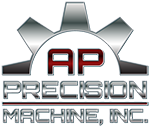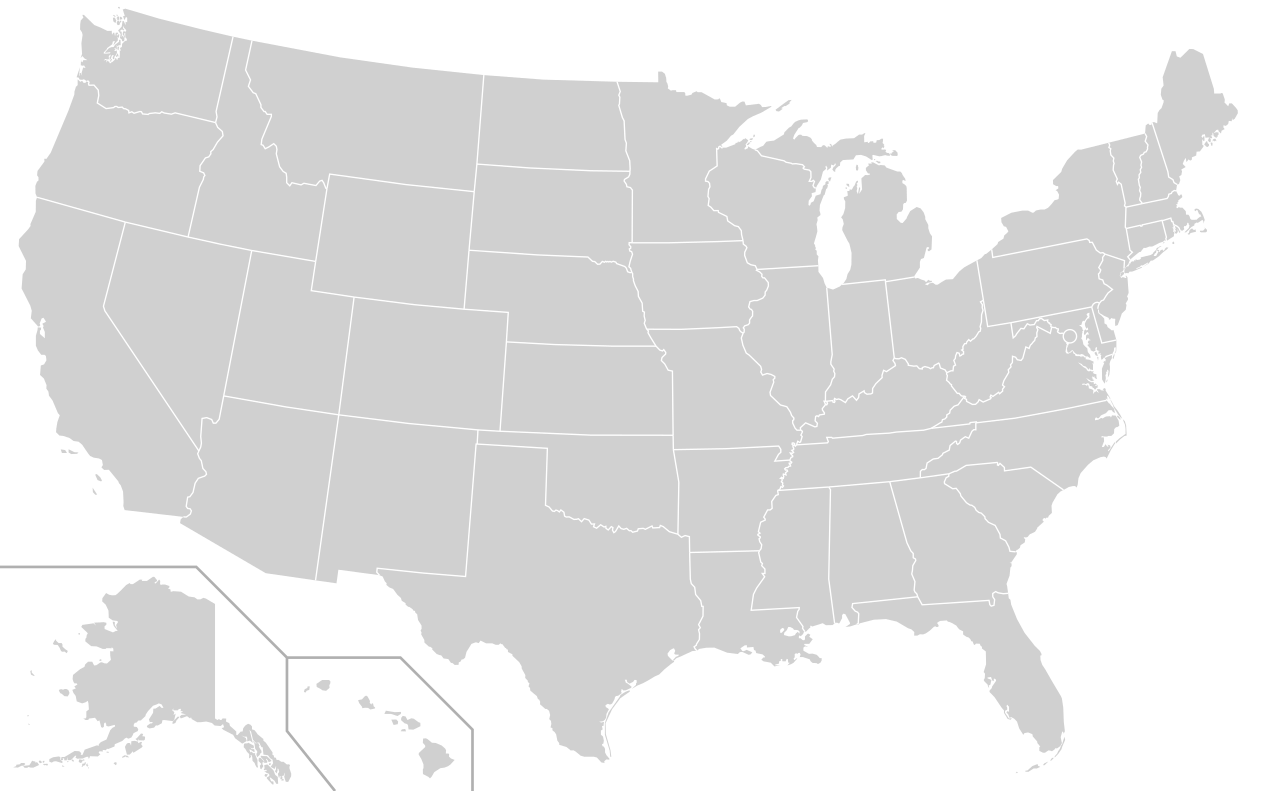In the world of industrial part manufacturing, choosing the right cutting process can directly impact the quality, cost, and final performance of a product. One of the most versatile and precise methods available today is waterjet cutting.
But when exactly does it become the best choice for your project?
What is waterjet cutting?
Waterjet cutting is a process that uses an extremely powerful stream of pressurized water, often mixed with an abrasive, to cut a wide range of materials. The main characteristic of this method is that it is a cold-cutting process, meaning no heat is generated during cutting.
This sets it apart from other processes, such as laser or plasma cutting, which use high temperatures and can alter the material’s properties.
When to choose waterjet cutting?
Below are the main scenarios where this technology is not only recommended but often essential to achieve the best possible results:
- Heat-sensitive materials:When working with materials prone to thermal deformation—such as aluminum, rubber, engineering plastics, composites, or glass—waterjet cutting is the ideal choice. As a cold process, it preserves the physical and chemical properties of the material, avoiding cracks, burnt edges, or hardening of the cutting zone.
- Need for precise and detailed cuts:Waterjet cutting allows for extremely tight tolerances, making it ideal for:
- High-precision prototypes
- Complex technical components
- Intricate geometries
This level of precision is especially valued in industries such as aerospace, pharmaceuticals, and electronics.
- High-precision prototypes
- Projects with multiple materials: While other techniques require adjustments or are limited to specific material types, waterjet cutting can be used on:
- Metals (steel, stainless steel, copper, titanium)
- Ceramics
- Glass
- Plastics
- Stone and marble
- Rubber and foams
This flexibility makes it ideal for projects involving different materials or multilayered composites.
- Metals (steel, stainless steel, copper, titanium)
- Avoiding post-cut finishing work: Waterjet-cut edges are typically clean, free from burrs or heat-affected zones, which reduces the need for sanding, additional machining, or manual rework.
- Concern for material utilization: Projects that demand maximum utilization of raw material—such as expensive or custom-sized sheets—benefit from the precision and programmable nature of waterjet cutting, which minimizes waste and material loss.
If your project involves heat-sensitive materials, complex shapes, extreme precision, or the need to cut multiple materials without distortion, waterjet cutting is the ideal choice.
AP Precision Machine specializes in this type of cutting and offers high-precision services for engineers, buyers, and companies seeking custom solutions. Contact us to get a quote or ask technical questions about the process.


